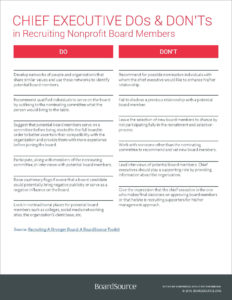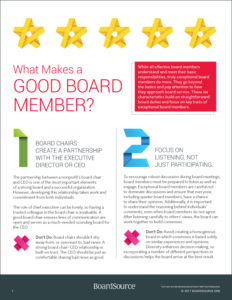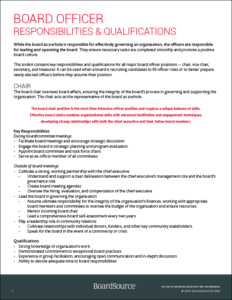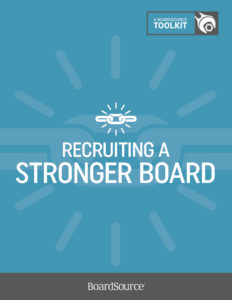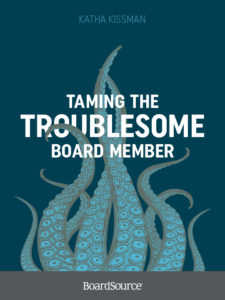Board members often have long tenures, and your board has tremendous responsibility and decision-making power. As such, it’s critical to the success of your organization to have the right composition of board leaders. Which candidate skills and characteristics could your board benefit from as it navigates your organization’s challenges in the next three to five years? Consider your ideal mix of professional skills, resources, backgrounds and experience, demographics, and community connections.
Before recruiting, determine the skills and expertise on your current board and what’s missing. Download a strategic board composition matrix to map your current board to help you get started.
Considering needs before recruitment invites the opportunity to have a thoughtful discussion of whether the board reflects the diversity of the community it serves. If the board does not, it presents an opportunity to be more intentional about who your organization is and what it values.
Creating a Diverse Board
Always keep in mind the value of diversity in establishing your “ideal” board composition and identifying any gaps. Diversity on a board ensures varying opinions, approaches, attitudes, and solutions. Diverse teams make better decisions. The goal is to create a board culture that is open-minded, curious, accepting, and responsive. Fill your board with board members willing to work together to advance the organization’s mission, vision, and collective purpose.
BoardSource recommends caution with a “checklist” approach to board recruitment, especially when it comes to board diversity, as this can reduce a candidate to a demographic profile. Consider recruiting and retaining multi-faceted leaders and a diverse board. A homogeneous board has impaired decision-making and planning abilities. One race or gender predominating a board is particularly concerning, as the board may select strategies and plans that ineffectively address social issues and injustices or even reinforce them.
How to Recruit the Ideal Board Composition
According to Leading with Intent, the most successful boards are thoughtfully composed regarding skill sets, leadership styles, and diversity of experience, thought, and background. They understand the leadership needs of their organizations and seek out new board leaders who can bring the expertise, passion, and experience they need both now and into the future.
If your organization has staff, be cautious not to establish a board that mimics or duplicates the work of staff. The board’s work is strategy, oversight, and ensuring resources, hopefully by utilizing all the modes of governance and a purpose-driven framework.
There are many attributes that are appropriate to virtually all governing boards. Examples include
- a commitment to the organization
- lived experience
- a commitment to diversity, equity and inclusion or racial equity
Other attributes to consider may include
- professional skills
- philanthropic spirit
- representation of communities you serve
- experience with similarly sized organizations
Finally, the organization may look at unique qualities including geographical representation and affiliations with other organizations relevant to the organization’s mission. The board’s membership composition matters for multiple reasons, one of which is to be received as a responsible and civic-minded enterprise serving all the people in its community.
There is no fixed formula for determining board composition. The board size and composition usually reflect the work it is trying to accomplish in service to its goals. As outlined in Purpose- Driven Board Leadership, a nonprofit board’s ability to help an organization reach its goals depends entirely on who is on the board, what they understand their role to be, and how they prioritize decisions. Each organization can evaluate its unique needs and priorities and build its board accordingly.
Are there certain types of candidates who may present challenges?
Some types of candidates may add value to your board, while others may have conflicts of interest that can make board leadership more challenging.
Here are some examples:
- a customer or current client
- a major donor or other prominent constituent
- a celebrity
- a family member of a staff member or other board member
- a board member who is under 18 years of age
